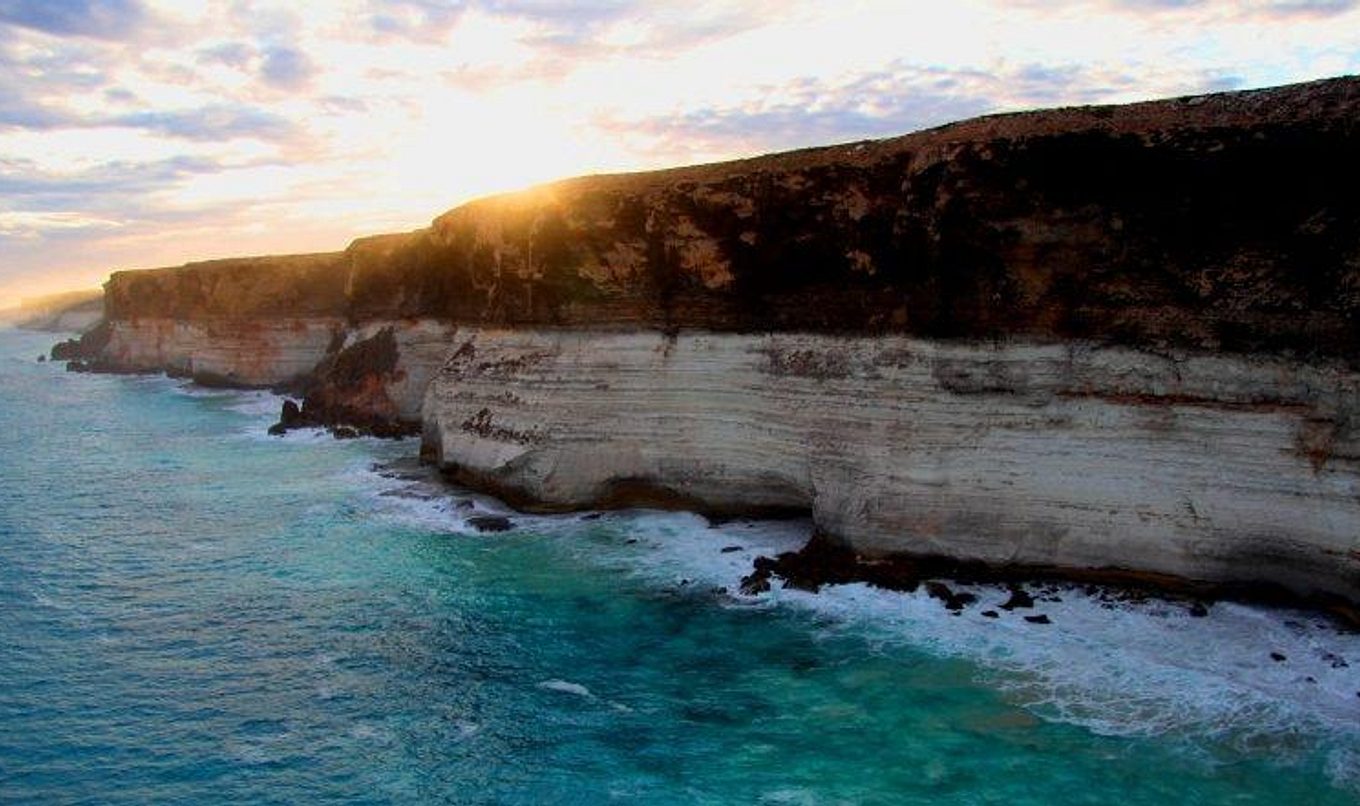New management plan for Nullarbor parks
A new park management plan has been developed for the Nullarbor parks, located approximately 300 kilometres from Ceduna on the west coast of South Australia.

The Nullarbor parks management plan includes Nullarbor National Park, Nullarbor Wilderness Protection Area and Nullarbor Regional Reserve.
These parks are all part of Mirning country as defined by the Far West Coast Native Title determination area, and have been incorporated into a single management plan due to their ecological and cultural connectivity.
Department for Environment and Water (DEW) spokesperson Dr Matt Ward said the park management plan is a significant achievement for the Nullarbor Parks Advisory Committee - a partnership between Far West Coast Aboriginal Corporation, Mirning people and the South Australian Government.
“The plan will ensure that the special values of these parks are protected and celebrated for generations to come,” Dr Ward said.
“The plan explains how these areas will be conserved for people to enjoy this remarkable landscape.”
Mirning representative Clem Lawrie said that through the Nullarbor Parks Advisory Committee, the Mirning people have a central role in informing and setting direction for the management of the Nullarbor parks.
“The ongoing involvement of Mirning people and other Far West Coast Aboriginal people will ensure that their cultural knowledge is used as a foundation for future management,” Mr Lawrie said.
“We are managing the Nullarbor parks for all who visit them. We have responsibilities handed down from the old people to protect our sites and care for our traditional lands.”
The Nullarbor parks protect Aboriginal cultural sites and is an iconic tourism destination comprising over 2.8 million hectares of vast and remote plains.
The parks also support a diverse range of flora and fauna, including the largest population of wardu (southern hairy-nosed wombat) in Australia, which is classified as near threatened on the IUCN Red List of Threatened Species.

